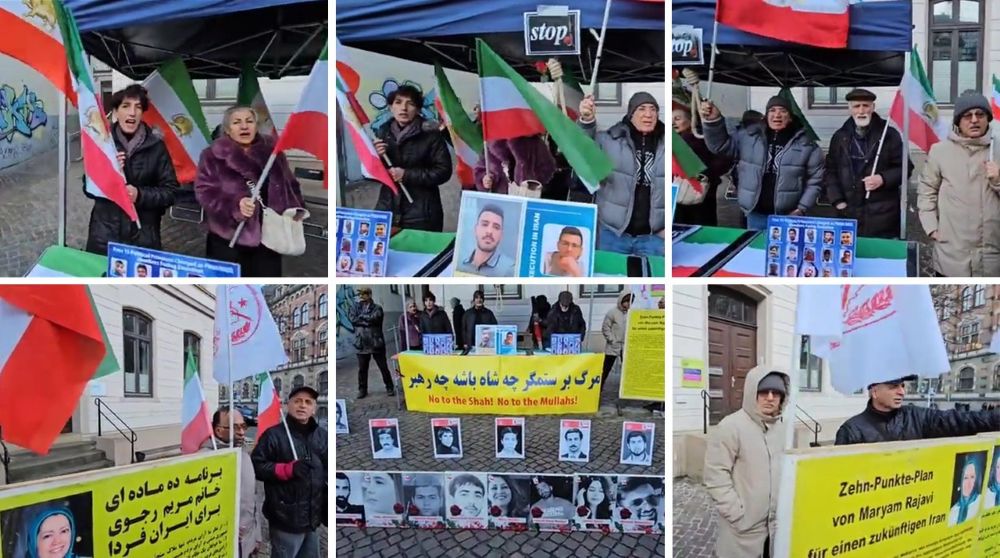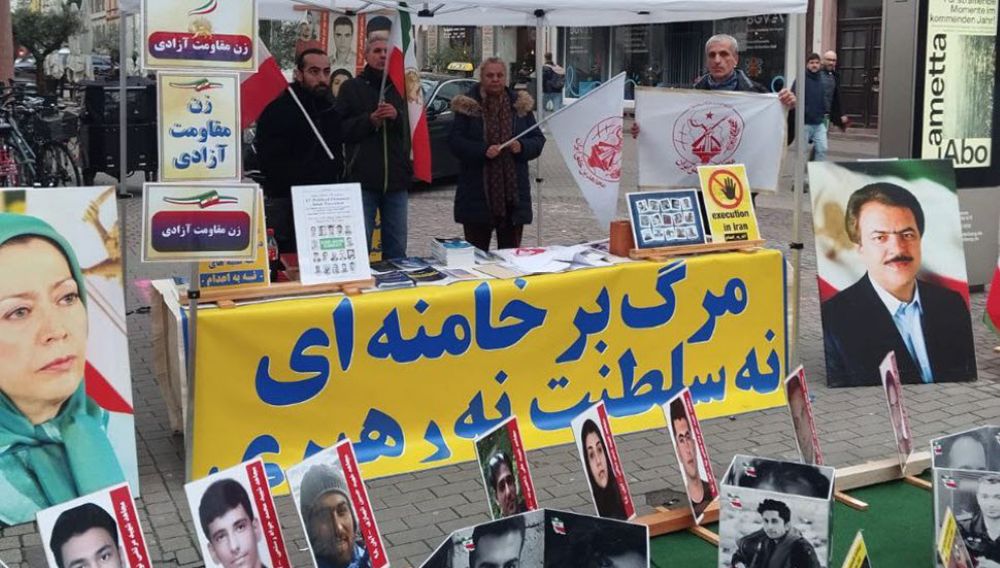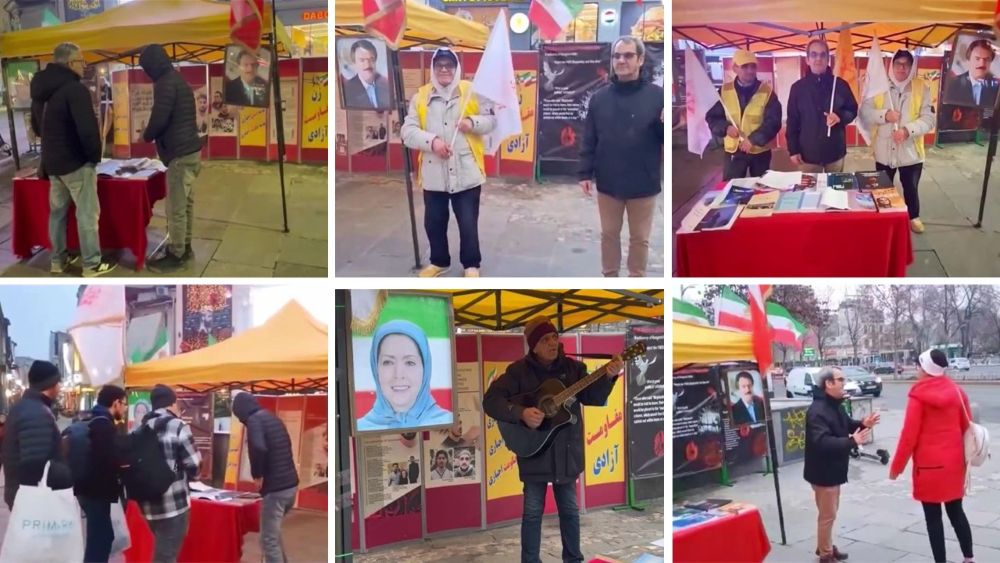Kazem Panahi, Former Political Prisoner joined the Online Free Iran Global Summit—day 2. In his remarks, Mr. Panahi said, “It is clear to the regime that the MEK remains as committed to the quest of overthrowing this regime as the heroes massacred in 1988.”
In July 1988, the Iranian religious fascism’s founder and the first supreme leader Ruhollah Khomeini issued a fatwa ordering the execution of imprisoned opponents, including those who had already been tried and were serving their prison terms. This was the beginning of what turned out to be the biggest massacre of political prisoners since World War II.
Following the decree, some 30,000 political prisoners were extra-judicially executed within several months. Today, thanks to the initiative of Mrs. Maryam Rajavi, president-elect of the National Council of Resistance of Iran (NCRI), known as “Call for Justice” many legal and international bodies have joined the families of victims in search of justice.

Here is the speech of Mr. Panahi:
In 1979, I was a mechanical engineering student in Tabriz, but I was forced to drop out of school due to the clerical regime’s persecution of Mojahedin-e Khalq (MEK) supporters. On July 23, 1981, I was arrested in Tabriz on charges of having links with the MEK. I was interrogated and tortured four times in six days.
They asked me for information about the whereabouts of MEK supporters, and after I refused to provide the information, they sentenced me to death within just a few days under the pretext of Moharebeh (waging war against God) and supporting the MEK. On the morning of August 26, 1981, just a few hours before my scheduled execution, I managed to escape. A few hours after I escaped from prison, they executed 35 of my best friends.
There are no courts, lawyers, or a legitimate legal process in the regime’s prisons. Everything is arbitrary and the fate of prisoners is decided by interrogators and torturers. Tens of thousands of MEK members have been martyred in prisons and their secrets have been buried with their tortured bodies.
This criminal regime spends billions of dollars buying journalists, and using lobbyists outside Iran, and deploying agents calling themselves former MEK members on a demonization campaign against the freedom fighters who are the primary victims of its crimes. The regime pushes its narrative that the MEK are a “sect” and have kept their members involuntarily.
The real goal of the regime’s demonization campaign against the MEK is to persuade the world that there is no democratic alternative to the mullahs’ rule. It is clear to the regime that the MEK remains as committed to the quest of overthrowing this regime as the heroes massacred in 1988.



